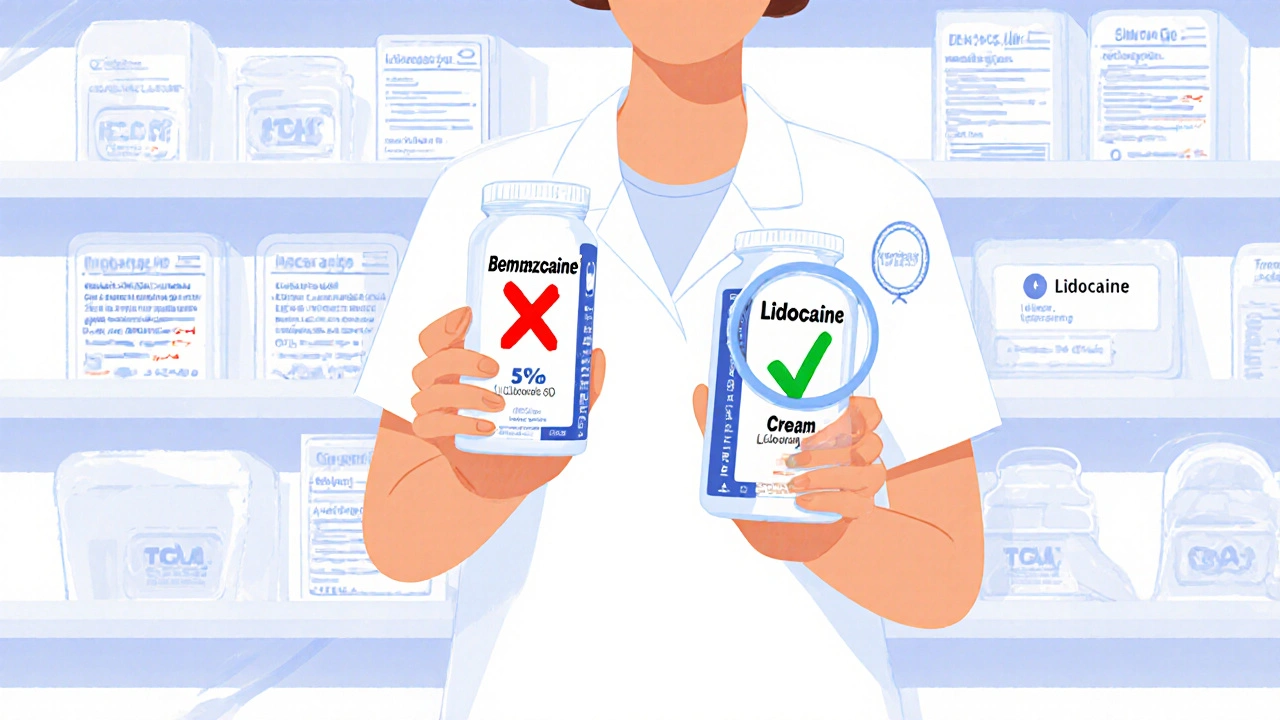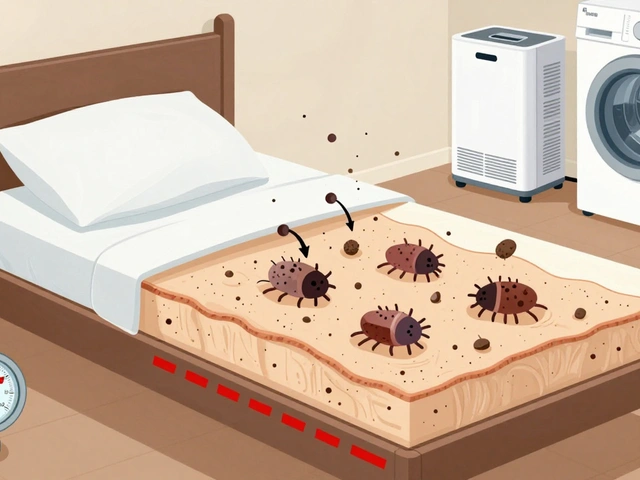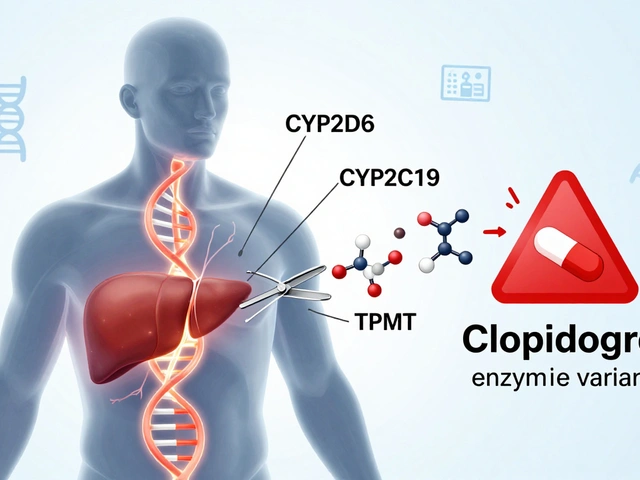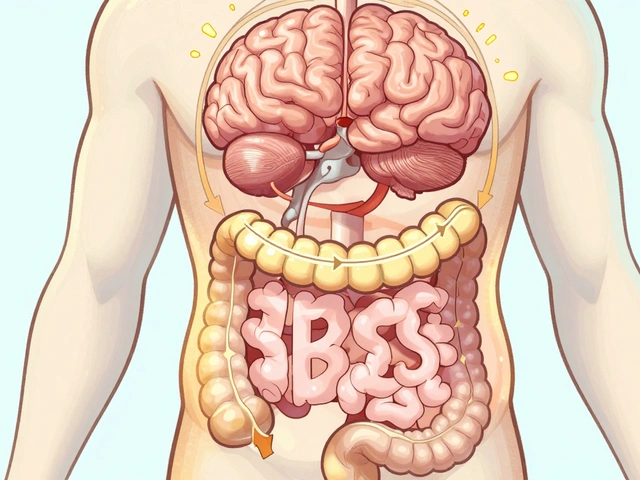Lidocaine: What It Is, How It Works, and Where It's Used
When you need quick, targeted pain relief without putting you to sleep, lidocaine, a local anesthetic that blocks nerve signals to reduce pain. Also known as xylocaine, it’s one of the most trusted numbing agents in medicine. Unlike general anesthesia, lidocaine doesn’t knock you out—it just stops the pain in one spot. That’s why dentists use it before a filling, doctors apply it before stitching a cut, and dermatologists spray it before removing a mole.
Lidocaine works by blocking sodium channels in nerve cells. When those channels shut down, pain signals can’t travel to your brain. Simple. Fast. Effective. It comes in many forms: gel for sunburns, spray for sore throats, patches for nerve pain, and injections for surgeries. You’ll find it in over-the-counter creams for hemorrhoids and prescription patches for shingles. It’s not just for doctors—many people keep lidocaine cream handy for minor burns, insect bites, or even tattoo pain.
But lidocaine isn’t magic. Too much can cause dizziness, a fast heartbeat, or even seizures. That’s why patches have dosing limits and gels come with usage instructions. It also doesn’t work for everyone—some people need stronger options like bupivacaine or prilocaine. And while it’s great for surface pain, it won’t help with deep joint or organ pain. That’s where other tools, like nerve blocks or oral meds, come in.
What you’ll find in the articles below are real-world uses, safety tips, and comparisons with similar numbing agents. You’ll learn how lidocaine stacks up against other local anesthetics, when it’s the best choice, and what to watch out for if you’re using it at home. No fluff. Just clear, practical info from people who’ve used it, prescribed it, or dealt with its side effects.





